Patricia Schultz’s “Iran”
Forget everything you’ve ever heard. Iran is open for tourism. This unlikely Middle Eastern country, for decades demonized as dark and dangerous, has become today’s surprising destination of choice for the adventurous and curious. Most likely a result of the recent nuclear pact from earlier this year struck by the United States and other world powers, renewed tourism from America was given a strong nudge back in 2013, with the arrival of moderate-leaning President Hassan Rouhani, a welcomed advocate of reconciliation with the West.
But the people of Iran have been charming visitors for the last two millennia, since before the time of the Silk Road. This age-old hospitality was the only extremism we found during our recent visit —and we found it at every turn. I have never felt so welcomed.
Iran’s many complexities were patiently untangled for us by amiable and funny Mahmoud, our on-the-ground national guide during an 18-day itinerary of Ancient Persia/Modern Iran led by US-based MIR Corporation. American, Canadian, and U.K. visitors to Iran must be accompanied by a government-approved travel agent at all times. Other Europeans do not, although the few we met were traveling with guided tours. However, it is clearly the only practical—and, I found, most enjoyable—way to visit a country with limited infrastructure and so much history and tradition to explore. MIR also oversees the visa application process, which—while doable—can be a delicate and time-consuming dance. Mahmoud lifted the veil on one of the oldest cultures on Earth, known to us solely through the lens of American media. For the 16 intrepid travelers in our group, Mahmoud was our indispensable professor of all things Iranian and living proof that our stereotype of the average Iranian was far from accurate.
The takeaway from my May trip to Iran was this: Do not confuse a government with its citizens. The Iranians we met were some of the most genuinely nice people I have met anywhere, and they were so proud of—and eager to share—their country’s stunning national beauty and ancient Persian heritage: Iran has 21 UNESCO World Heritage Sites, with dozens more listed as “tentative.”
The U.S. government had never actually blocked travel to Iran the way it has restrained travel to Cuba. Iran had been a popular destination during the time of the Shah—until he was overthrown in 1979 and the Ayatollah Khomeini bolted the front door shut. Now, close to four decades later, the unthinkable has happened: Iran is back on America’s—and the world’s—tourism radar.
The travel press has done its share to focus the spotlight: National Geographic anointed it number one on its cool list for 2016, Travel & Leisure placed it on its Best Places to Travel to in 2016, and CNN listed it as one of the Top 16 Places to Visit in 2016.
For decades I have been wowed by glossy photographs of Iran’s archeological sites, lavish palaces with stained glass windows, ancient baths, bazaars brimming with spices and carpets, Islamic architecture, and dazzling blue-green-tiled mosques—their domes of mesmerizing mathematical perfection. And yet three-dimensional Iran still came as a surprise.
So did the disparity between Western perception and the reality of a young and welcoming population that I found there. Charming, warm, and exceedingly friendly, Iranians love Westerners—especially Americans. Strangers regularly invited us to dinners, weddings, and more than a few picnics. American visitors are still rare, and they want to be sure you feel welcome.
Food is at the center of Persian culture, with a repertoire of dishes that is diverse and exotic, but often felt comfortably familiar: Persian cooking has influenced Middle Eastern, Moroccan, Northern Indian, and Turkish cuisines. At times during my trip it was highly refined, and other times it was basic and straightforward but always fresh and delicious. And to top it all off: creamy Persian ice cream delicately flavored with rose water or saffron—or made from the local pistachios, which are said to be the finest in the world.
As with all improvements on the boards for the country’s future, everyone is waiting to see what will happen after President Obama leaves office, and if Rouhani will enjoy reelection in 2017.
But don’t wait until then. Go now to explore both sides of Iran: ancient Persia, whose wonders are breathtaking and awe-inspiring, and modern Iran—with all its surprises and contradictions. They are both fascinating.
Patricia Schultz traveled with MIR Corporation, www.mircorp.com

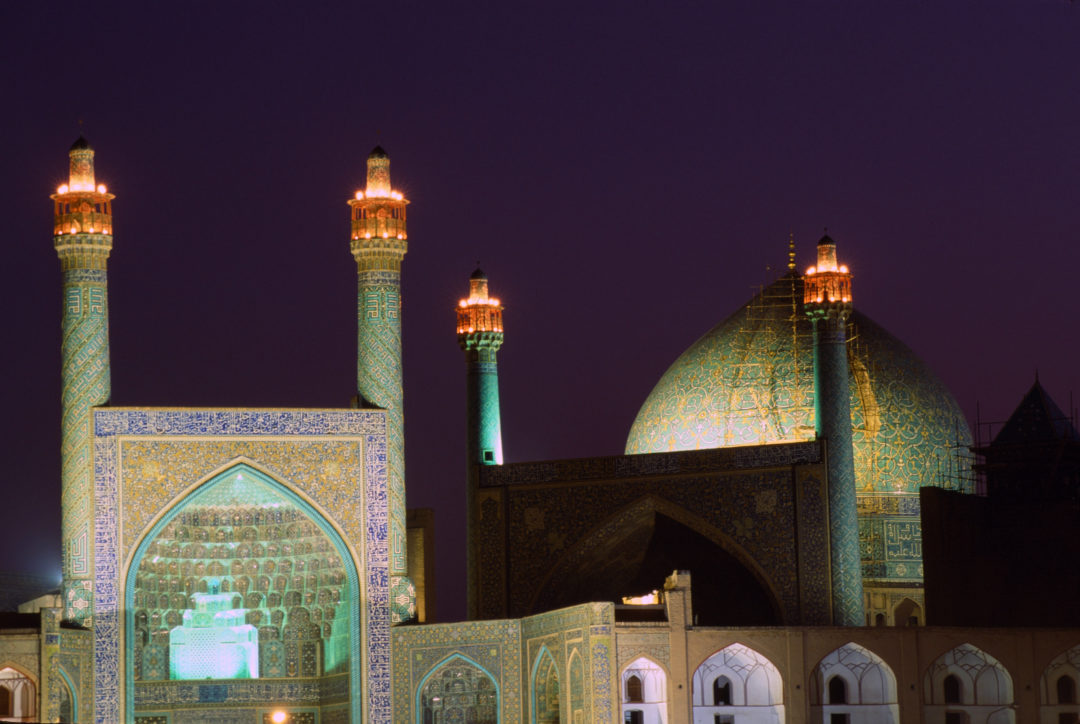
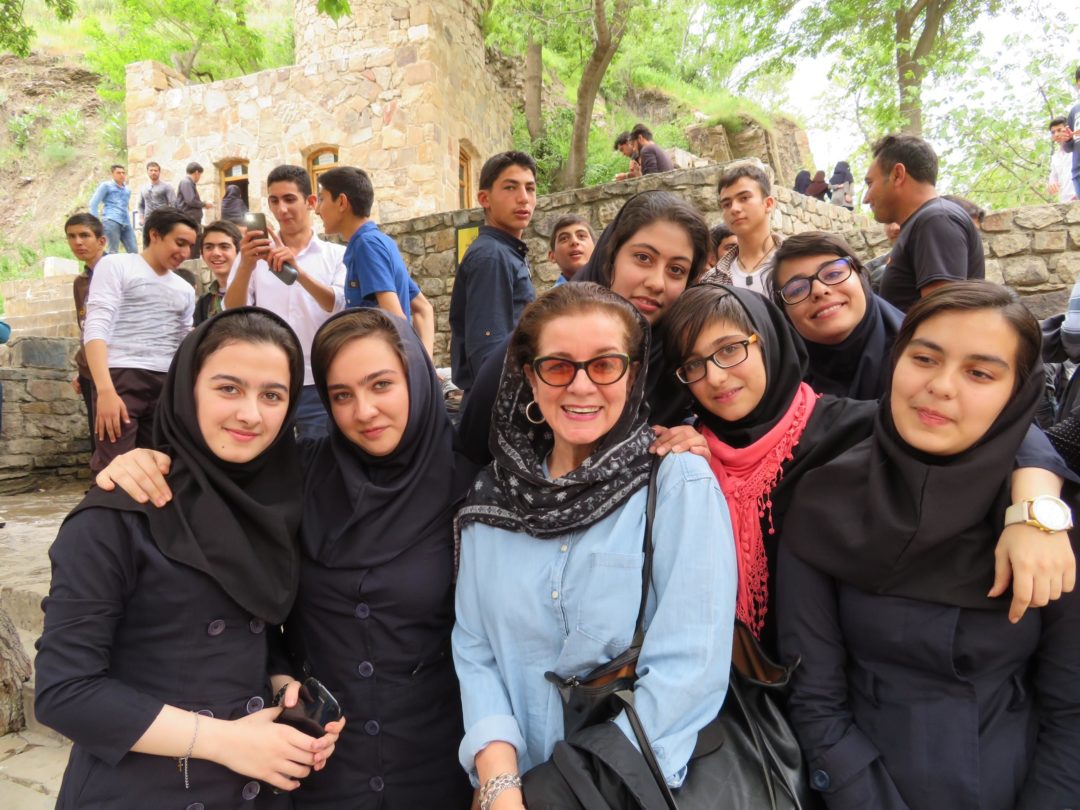
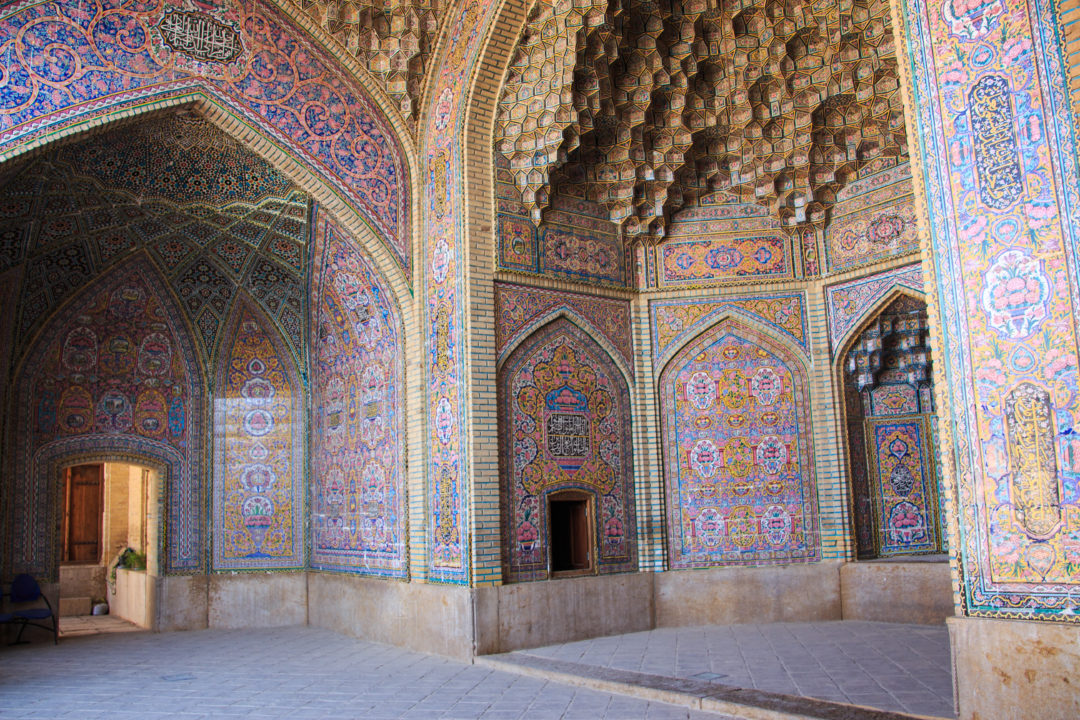
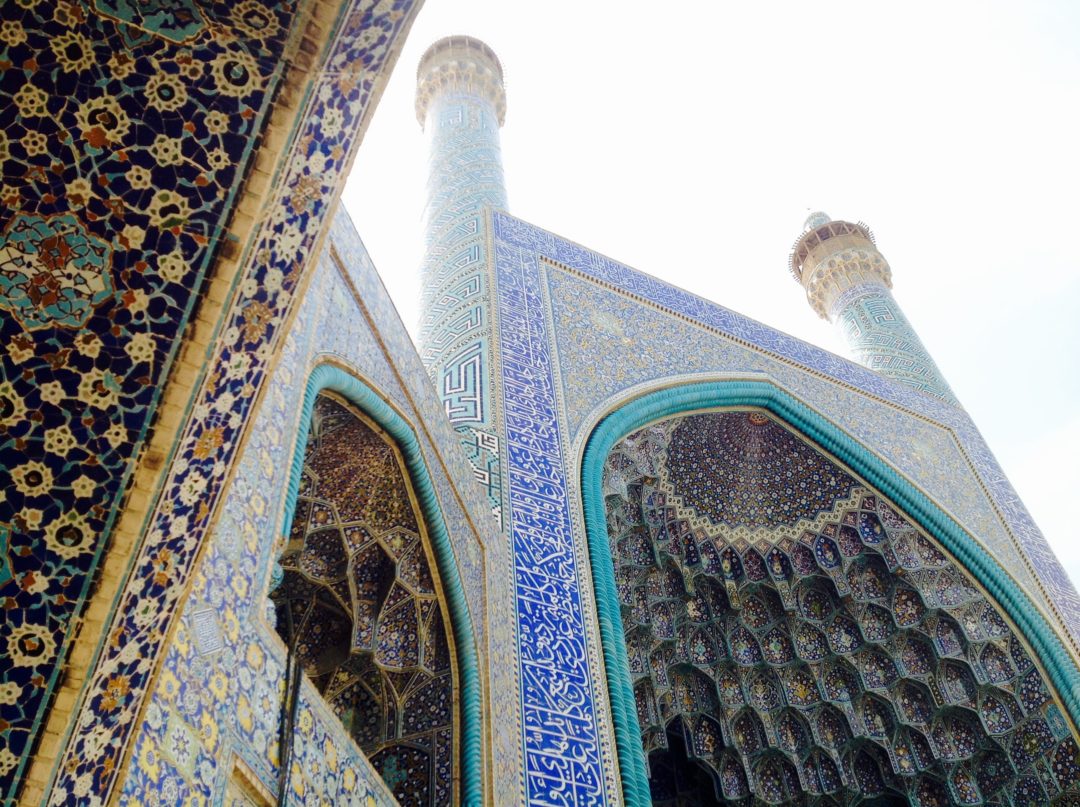
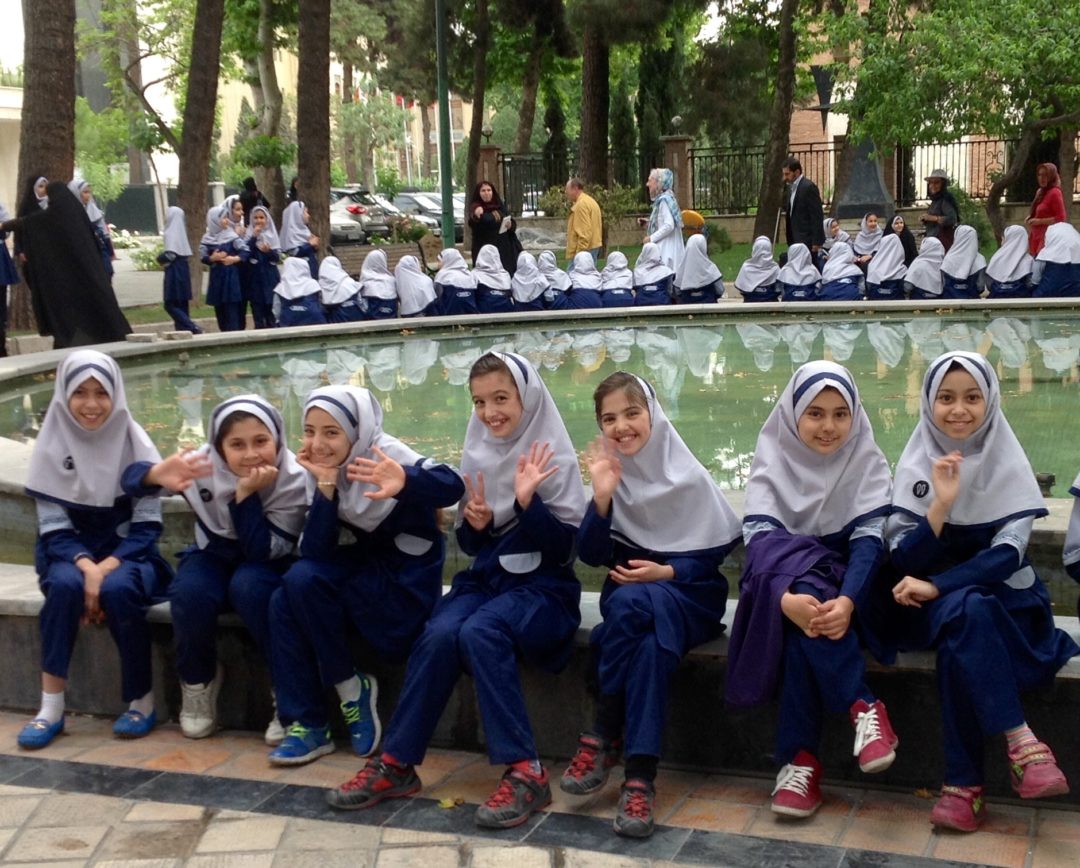

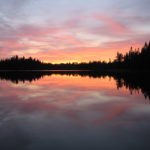

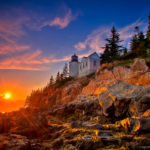
2 Comments
Ann Feeney
July 28, 2016 at 9:31 pmI’m so happy to read this. Iran is on my list of locations to travel to, especially to see the magnificent architecture. I’m curious–did many Iranians you encountered speak English, do you speak Farsi, or did Mahmoud translate for you?
Trudy S Willis
July 29, 2016 at 12:19 pmThis is what I have been waiting to hear. More than anything, I want to travel to Iran. I was hoping to hear that flying a great distance across Iran rather than suffering on a hot bus makes all the difference in appreciating what the country has to offer.